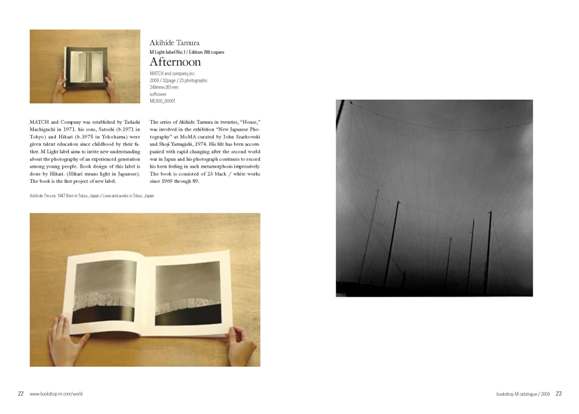I've seen quite a few end of year lists popping up over the last week. There are the best books of 2009 lists, the more eclectic lists of "stuff I liked this year", the lists of books acquired in 2009 and many more. I think you need to be a breakfast-lunch-and-dinner kind of consumer of photo-books to post a best books of 2009 list and having just discovered a great many fantastic-looking ones through the future of photo-books discussion, I am not going to stick my neck out on that one. Instead in order to jump onto the list-mania bandwagon, I am going to go with a list of a few of the photo items that I bought in 2009 (these weren't necessarily made in 2009). Looking back over the year, I think this is an interesting way of seeing trends in the things that you gravitate to and also seeing how much money you wasted on things that you spend no time with at all.
Some photographic things that I bought in 2009
(Note: I am in a fortunate position where a number of books that come into my possession I don't actually have to pay for, so there are a number of terrific books that I discovered this year that won't make it on to this list)
Anders Petersen & J.H. Engström, From Back Home (Bokförlaget Max Ström, 2009)

This won the Author Book Award at Arles 2009. I posted a review a while back.
Akihide Tamura, Afternoon (M Light label No.1, 2009)

Although I just got this and have already posted about it, I get the feeling this is one that I will keep coming back to.
Ryuji Miyamoto, Cardboard Houses (signed, Bearlin, 2003)

Beierle + Keijser's "Becher box": Jogurtbecher

I have already spent the best part of an evening with E deciding what images we are going to use in our Jogurtbecher grid. And I actually hate yoghurt.
Michio Yamauchi, Stadt (Sokyu-sha, 1992)

Naoya Hatakeyama, A Bird (Taka Ishii, 2006)

OK I cheated, I didn't actually buy this, but this is probably the book that I have gone back to most frequently this year so it had to be included. Check out Jeff Ladd's review here to get an idea why.
Ikko Narahara, Pocket Tokyo (Creo, 1997)

Eikoh Hosoe, A Butterfly Dream (signed, Seigensha, 2006)

The extragavance of the year. This book was produced as a companion to the first edition of Kamaitachi. Hosoe presented it to Kazuo Ohno for his 100th birthday, shortly before his death. (As Michael rightly pointed out, Ohno is still around!)
